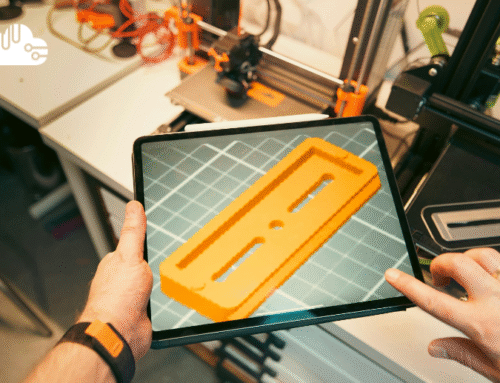Why End-to-End IoT Development Is Becoming a Key Success Factor
From idea to market — what many companies underestimate
More and more companies are looking to connect their products to the Internet of Things (IoT). Yet many underestimate how complex it is to build such a system from the ground up. App development often begins while the hardware is still unfinished, or firmware is written while the cloud platform is still under discussion. These mismatches delay projects, increase costs, and can introduce security risks.
End-to-end development is an approach designed to prevent these problems: all components — from embedded hardware and firmware to connectivity, backend systems, web platforms, mobile apps, and cloud services — are planned and developed as an integrated system from the very beginning.
Why end-to-end matters
- Consistent architecture
When different teams work on isolated components, friction and interface issues often occur. A unified architecture reduces integration problems, clarifies responsibilities, and creates more stable systems. - Faster time to market
Hardware, firmware, backend, and apps developed sequentially can significantly delay launch. Parallel development with synchronized planning shortens time-to-market. - Built for scalability
Systems built on a modular and consistent architecture can be expanded more easily — whether adding new devices, more users, or new features. - Security by design
Security measures like authentication, encryption, and access control must be part of the architecture from the start. Retrofitted solutions are usually error-prone.
How end-to-end IoT projects are structured
End-to-end IoT projects typically start with concept workshops to define use cases. Prototypes follow, then pilot projects, testing, and full-scale production.
Throughout the process, embedded teams (C/C++), connectivity specialists (BLE, ZigBee, LoRaWAN, NB-IoT, Z-Wave), backend developers (Python, Django, FastAPI) and frontend/mobile teams (Angular, React, Swift, Kotlin, Flutter) work closely together.
The key advantage is that critical decisions — such as energy management, data architecture, communication protocols, or user interfaces — are made collaboratively from the start.
Real-world examples
End-to-end development has proven successful in many IoT sectors:
- Smart garage door systems have been developed where the gateway, app, dashboard, and cloud backend were created and tested as one unified system.
- In healthcare, devices often rely on sensors, firmware, mobile apps, and cloud platforms that must be tightly integrated.
- In industrial IoT (Industry 4.0), edge devices, web platforms, and AI-based analytics are increasingly planned as a single ecosystem.
Such integrated approaches reduce technical friction, simplify long-term maintenance, and accelerate future enhancements.
Conclusion
End-to-end development is not just a buzzword — it is a proven method to build IoT systems faster, more securely, and more reliably.
Companies that design all components in an integrated way from the start benefit from shorter development times, more stable products, and lower overall operating costs.









